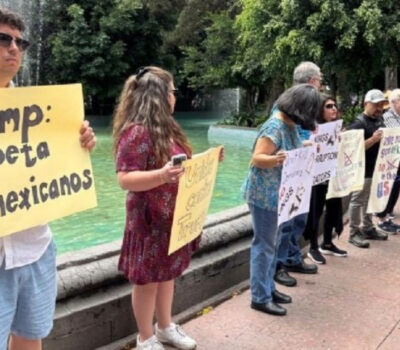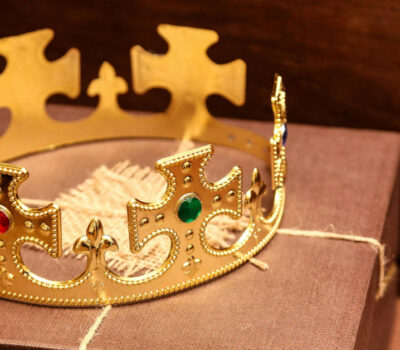Mexico’s Chamber of Deputies announced 20 new silver coins, including a 50-peso piece honoring pre-Hispanic cultures, set to enter circulation in November 2025.
In a move to celebrate and preserve Mexico’s rich cultural heritage, the Chamber of Deputies announced the upcoming circulation of 20 new silver coins, including a striking 50-peso piece that will be part of a special Pre-Hispanic Collection. The announcement, made public through a press release on June 7, 2025, confirms that the Official Gazette of the Federation (DOF) has published the official decree greenlighting the new issues.
According to the document, the coins are expected to enter circulation by November 2025, following design selection and minting by the Bank of Mexico (Banxico). The 50-peso coin stands out among the new batch for its cultural ambition and intricate design specifications.
A Tribute to Ancient Civilizations
The Pre-Hispanic Collection will honor five of Mexico’s most influential ancient cultures: the Olmec, Mayan, Toltec, Mixtec-Zapotec, and Aztec civilizations. Each coin in the series will carry design motifs reflecting the artistry and symbolism of these historical groups.
The collection will include:
- Five 50-peso coins made of .999 pure silver
- Five 20-peso coins of the same purity
- Ten 5-peso coins, also made from .999 pure silver
Together, the 20 new coins aim to not only serve as legal tender but also promote numismatics as a tool for cultural preservation and public education.
What the 50-Peso Coin Will Look Like
Designed with collectors and history enthusiasts in mind, the 50-peso coin will feature a range of sophisticated technical and aesthetic details. According to the DOF, the coin will:
- Be circular with a diameter of 65 millimeters
- Weigh 155.515 grams (5 troy ounces)
- Be made of .999 pure silver with a tolerance of 0.001
- Have a fluted edge
The obverse side will prominently display the National Coat of Arms in sculptural relief. Encircling it will be a semicircular legend reading “Estados Unidos Mexicanos.” In a nod to historical continuity, the frame will include reproductions of various coats of arms used throughout the country’s history, including the eagle from the first page of the Codex Mendoza—a significant 16th-century document of Aztec origin.
The reverse design will be selected by Banxico and is expected to feature visual motifs drawn from one of the five pre-Hispanic cultures mentioned. The selection process for the reverse designs must be completed within 90 days of the DOF decree publication, as outlined in the official bulletin from the Chamber of Deputies. Minting can begin 30 days after the design selection, putting the coins on track for their November launch.
A Successor to the Coyolxauhqui Coin
The new 50-peso coin is already being compared to the legendary Coyolxauhqui coin, a fan-favorite among collectors that featured the Aztec moon goddess and was part of the AA family of silver currency. Government officials and Banxico alike hope that the new design will surpass even Coyolxauhqui in popularity, thanks to its larger size, higher purity, and deeper cultural resonance.
Cultural Legacy Through Currency
The goal of this new initiative is clear: to reinforce Mexico’s identity and promote its indigenous roots through physical currency. In addition to boosting the national numismatic profile, these coins are expected to raise awareness about the artistic and spiritual legacies of Mexico’s first civilizations.
“The issuance of these coins goes beyond their monetary value,” the press release states. “They are instruments of collective memory, designed to keep our cultural past alive in the hands of the present.”
As the countdown begins toward the coin’s release, collectors, historians, and everyday citizens will be watching closely to see which cultural icons Banxico chooses to feature. One thing is certain: this series of silver coins is shaping up to be a shining tribute to Mexico’s ancestral roots.
Mexico’s Chamber of Deputies announced 20 new silver coins, including a 50-peso piece honoring pre-Hispanic cultures, set to enter . . .












